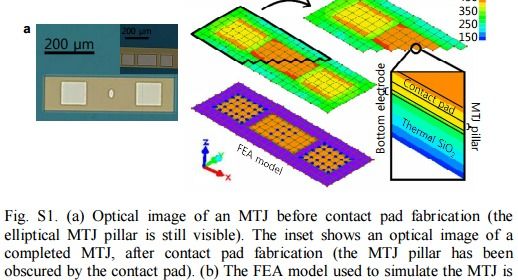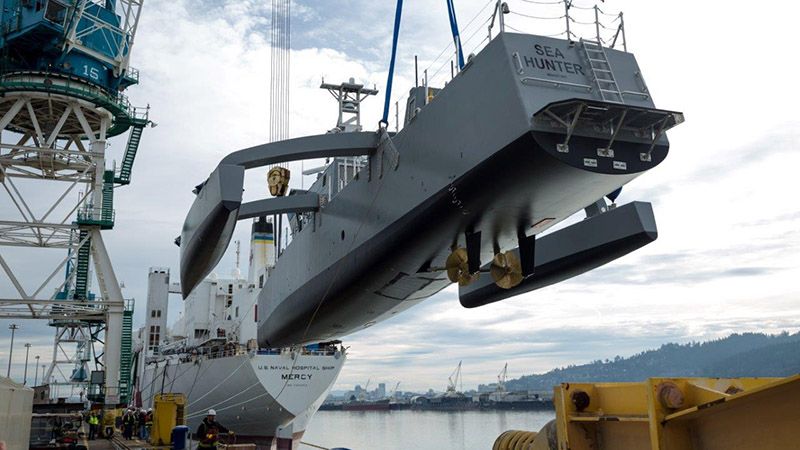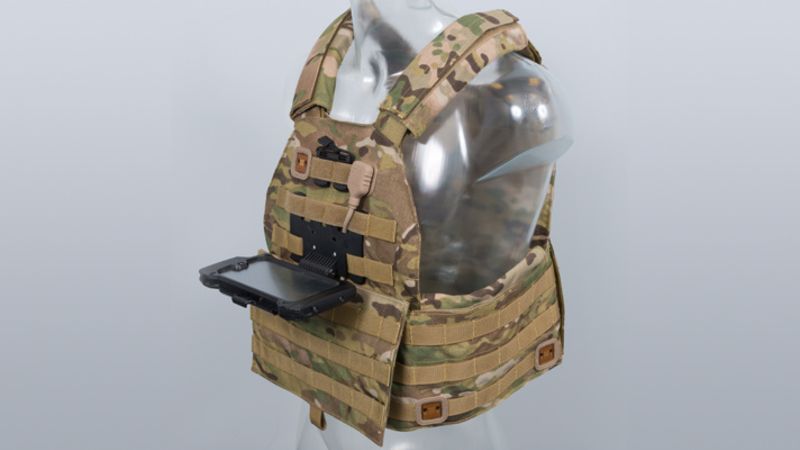The virtual network defense environment heads toward deployment.



Plug and play is preparing to launch.
DARPA hopes to shrink traditional military machines into single ‘chiplets’ to build a library of components to aid everything from smart drone building to instant language translation. Shown, an artist’s impression of the components that could be shrunk onto a single chip.

It looks like a small piece of transparent film with tiny engravings on it, and is flexible enough to be bent into a tube. Yet, this piece of “smart” plastic demonstrates excellent performance in terms of data storage and processing capabilities. This novel invention, developed by researchers from the National University of Singapore (NUS), hails a breakthrough in the flexible electronics revolution, and brings researchers a step closer towards making flexible, wearable electronics a reality in the near future.
The technological advancement is achieved in collaboration with researchers from Yonsei University, Ghent University and Singapore’s Institute of Materials Research and Engineering. The research team has successfully embedded a powerful magnetic memory chip on a flexible plastic material, and this malleable memory chip will be a critical component for the design and development of flexible and lightweight devices. Such devices have great potential in applications such as automotive, healthcare electronics, industrial motor control and robotics, industrial power and energy management, as well as military and avionics systems.
Although BMI is nothing new; I never get tired of highlighting it.
Now the group has come up with a way for one person to control multiple robots.
The system works using one controller who watches the drones, while his thoughts are read using a computer.
The controller wears a skull cap fitted with 128 electrodes wired to a computer. The device records electrical brain activity. If the controller moves a hand or thinks of something, certain areas light up.

Cannot wait to see the work on this.
DARPA has awarded a grant worth $7.5 million to San Francisco-based Profusa for the development of tissue-integrated biosensors. The biosensors will be used by the military to monitor the health status of soldiers in real time.
( Profusa )
The Defense Advanced Research Projects Agency (DARPA), which is the research arm of the United States Department of Defense, has awarded a grant worth $7.5 million to San Francisco-based Profusa for the development of tissue-integrated biosensors.
The project, which is in collaboration with the United States Army Research Office, will look to use the implantable biosensors for simultaneous and continuous monitoring of multiple body chemistries.

DARPA’s newest Anti-Submarine Warfare Continuous Trail Unmanned Vessel (ACTUV) can travel on the high seas at speeds up to 27 knots for months on end without a single crew member.
The 39.62m ACTUV can be remote-controlled, but its primary use is as an autonomous vessel that can operate safely near manned ships and accommodate all weather conditions. No crew means greater safety for potentially dangerous missions like countermining and submarine tracking.
Profusa (South San Francisco, CA) has won a $7.5 million grant from the Defense Advanced Research Projects Agency (DARPA) and the U.S. Army Research Office for further development of its tissue integrated biosensor technology, the company said Tuesday.
The U.S. military sees value in the technology improving mission efficiency through real-time monitoring of combat soldier health status.
“Profusa’s vision is to replace a point-in-time chemistry panel that measures multiple biomarkers, such as oxygen, glucose, lactate, urea, and ions with a biosensor that provides a continuous stream of wireless data,” Ben Hwang, PhD, Profusa’s chairman and CEO, said in a news release.


Smartphones and tablets are being used more frequently in the battlefield, and that means that battery power is more important than ever. Soldiers often carry spare battery chargers in the 90-pound combat packs they carry into war zones, but the batteries are often lost or broken. BAE Systems wants to help lighten the load with its new system that lets soldiers plug electronics directly into their clothing.
The BAE Systems Broadsword Spine is a harness that can be sewn into a soldiers vest, jacket, or belt that carries a battery pack and hides charging wires. The harness places the battery pack on the small of a soldier’s back and includes eight conductive fabric conduits that can be used to connect to a USB port.
